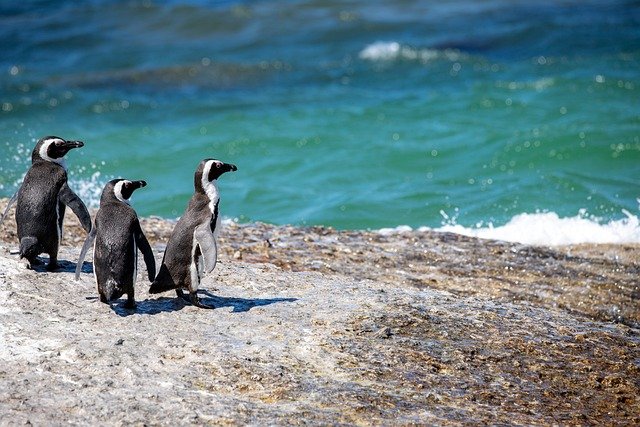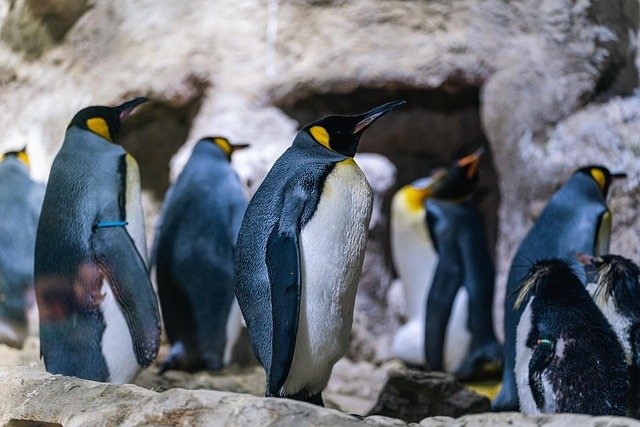**Title: "The Remarkable Adaptations of Penguins: Surviving in the Harshest

The Remarkable Adaptations of Penguins: Surviving in the Harshest Environments
Penguins are fascinating creatures that have captured the hearts of many with their unique appearance and endearing behaviors. These flightless birds have evolved remarkable adaptations that allow them to thrive in some of the harshest environments on Earth. In this post, we’ll explore the incredible features and behaviors that enable penguins to survive in extreme cold, icy waters, and challenging landscapes.
1. Insulating Feathers
One of the most critical adaptations of penguins is their specialized feathers. Unlike other birds, penguins have a layer of dense, waterproof feathers that provide insulation and keep them warm in frigid temperatures.
- Structure: Each feather has a unique structure that traps air, creating a layer of insulation.
- Waterproofing: Penguins produce a special oil from their preen glands, which they spread over their feathers to keep them waterproof and prevent them from becoming waterlogged.
2. Body Shape and Size
Penguins have a streamlined body shape that aids in swimming and reduces drag in the water.
- Streamlined Form: Their torpedo-like bodies allow them to glide effortlessly through the water, making them efficient hunters.
- Size Variation: Different species of penguins have adapted their size to their environment. For instance, the Emperor Penguin is the largest, which helps it retain heat, while smaller species like the Little Blue Penguin are adapted for agility.
3. Behavioral Adaptations
Penguins exhibit a range of behavioral adaptations that enhance their survival in extreme conditions.
- Huddling: To conserve heat, penguins often huddle together in large groups during harsh weather. This behavior helps to reduce heat loss and protect individuals from the cold.
- Social Structure: Many penguin species have complex social structures that aid in raising their young and foraging for food.
4. Diving Ability
Penguins are exceptional divers, with the ability to hold their breath for extended periods while hunting for food.
- Adaptations for Diving: Their bodies are adapted with a flexible ribcage that allows them to withstand pressure while diving. They can also slow their heart rate to conserve oxygen during deep dives.
- Foraging Skills: Penguins primarily feed on fish, krill, and squid, using their keen eyesight and agility to catch prey underwater.
5. Thermoregulation
Maintaining body temperature is crucial for survival in cold environments, and penguins have developed several mechanisms for thermoregulation.
- Counter-Current Heat Exchange: Penguins have a unique circulatory system that minimizes heat loss in their extremities, allowing them to maintain core body temperature.
- Fat Reserves: A thick layer of blubber under their skin provides additional insulation and energy reserves to survive long periods without food.
Conclusion
Penguins are a testament to the power of evolution and adaptation. Their unique features and behaviors enable them to thrive in some of the most challenging environments on the planet. As climate change and human activities continue to impact their habitats, understanding these remarkable adaptations is crucial for their conservation and survival.
By appreciating the resilience of penguins, we can better advocate for their protection and ensure that future generations can enjoy these incredible birds.
Feel free to share your thoughts or experiences with penguins in the comments below! 🐧

Upvoted! Thank you for supporting witness @jswit.